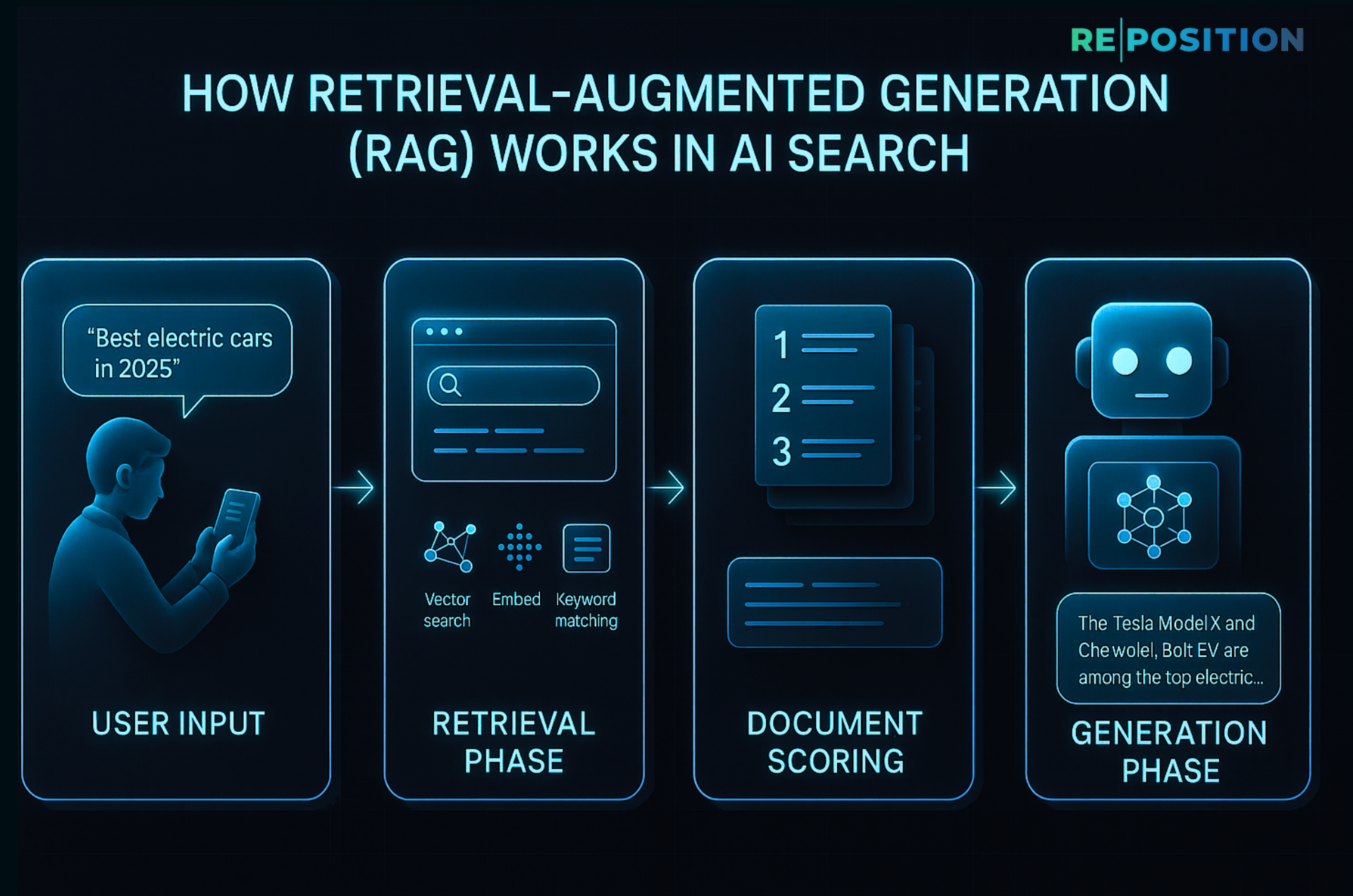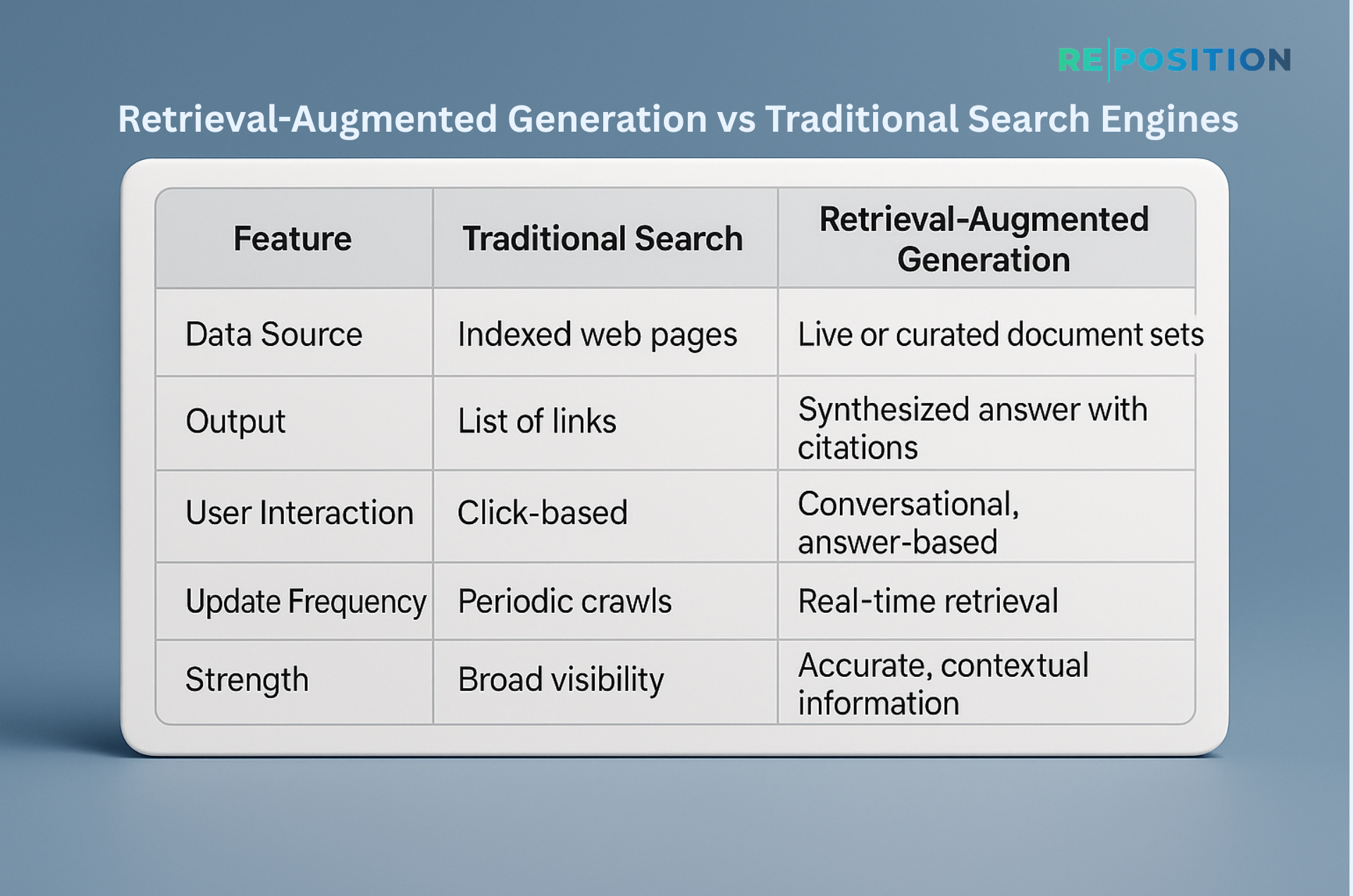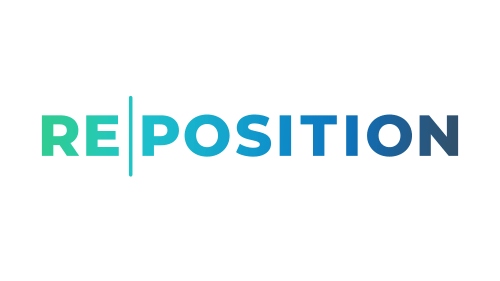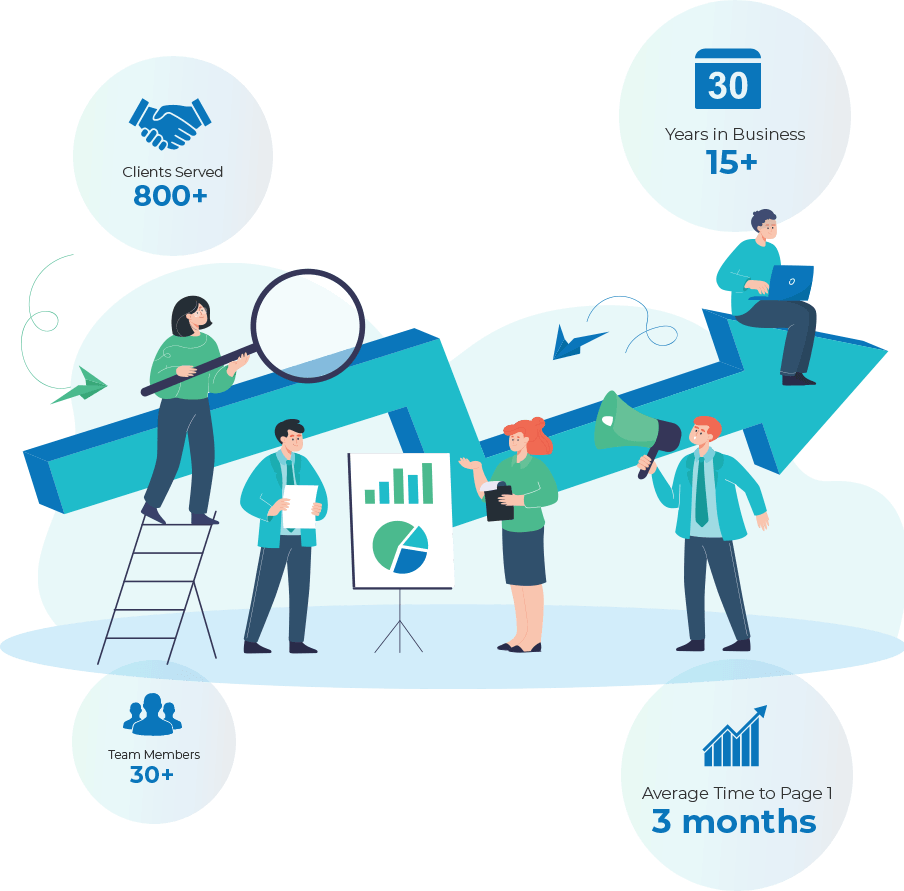In an era where AI is no longer just predictive but increasingly contextual, Retrieval-Augmented Generation (RAG) stands out as a transformative layer in the architecture of large language models (LLMs). Rather than relying solely on what a model was trained on months ago, RAG injects live, curated knowledge into AI outputs, recalibrating how machines search, reason, and respond.
This isn’t just an upgrade, it’s a redefinition. RAG shifts content generation from memorized patterns to adaptive synthesis, allowing AI to pull relevant data on demand and produce responses grounded in current, verified sources.
So, what exactly makes RAG the engine behind AI’s evolving intelligence? Let’s break down how it reshapes digital discovery, and why search engines, content strategists, and webmasters can’t afford to ignore it.
What is Retrieval-Augmented Generation?
Retrieval-Augmented Generation is an AI framework that combines search-based information retrieval with natural language generation. It works by retrieving relevant documents from a knowledge base (like websites or internal databases) and using that data to generate informed, human-like responses.
In simple terms, RAG is like giving an AI the ability to “look things up” before answering, rather than relying solely on what it learned during training.
For example, if a user asks a model about the latest tax policy in the UAE, a traditional LLM may offer outdated information. A RAG-powered model, on the other hand, can fetch the most current government page and synthesize the answer in real time.
How Does RAG Work in AI Search?

Here’s a simplified breakdown of the RAG workflow:
- User Input: A query is sent to the system (e.g., “What are the best electric cars in 2025?”).
- Retrieval Phase: The system searches a database or the web using tools like vector search, embeddings, or keyword matching.
- Document Scoring: The retrieved content is ranked based on relevance using AI models.
- Generation Phase: A generative model (like GPT or BERT) uses the top-ranked documents to formulate a well-structured answer.
This two-step approach enhances accuracy, contextuality, and freshness of the content, solving one of the biggest challenges in AI, hallucination (i.e., confidently providing incorrect information).
Why Retrieval-Augmented Generation Matters
With the rise of large-scale AI models and search integration, the demand for reliable, updated, and accurate content is higher than ever. RAG delivers this by offering:
- Real-time accuracy: Unlike static models, RAG taps into current data.
- Higher trust: Answers are backed by verifiable sources.
- Adaptability: It can pull from multiple content formats, PDFs, HTML pages, databases, or APIs.
This means Retrieval-Augmented Generation isn’t just about content generation, it’s about building trustworthy AI systems that adapt and learn dynamically.
How RAG Benefits SEO and Website Owners
If you’re a content creator or website owner, here’s the twist: your content may already be powering AI answers.
AI systems using RAG techniques can retrieve your blog posts, product pages, or FAQs to feed into their answers. This presents an opportunity and a responsibility:
- Opportunity: Well-structured, schema-rich content can boost your site’s visibility in AI-powered experiences (like chatbots, voice assistants, or AI search).
- Responsibility: Inaccurate or poorly maintained content can now mislead users beyond traditional search engines.
To optimize for RAG systems, focus on:
- Clear, structured headers (H1, H2, H3)
- High-quality metadata and schema
- Readable content with short sentences and easy language
- Fresh, regularly updated pages
Just like optimizing for Google, RAG rewards clarity, credibility, and relevance, and Yoast SEO tools can help ensure your structure supports AI discovery.
Retrieval-Augmented Generation vs Traditional Search Engines
Here’s a quick comparison table:

In a nutshell, traditional search points you in the right direction; RAG walks you there with a summary in hand.
Challenges of RAG Systems
Of course, this technology isn’t without limitations. Key concerns include:
- Source attribution: Not all models clearly cite where the answer came from.
- Data overload: Pulling too much can lead to noise, not insight.
- Privacy and copyright: Pulling proprietary content without permission may raise legal concerns.
The Future of Retrieval-Augmented Generation in AI Search
Retrieval-Augmented Generation is still evolving, but it’s undeniably reshaping how we interact with digital content. As users grow to expect faster, smarter, and more accurate responses, traditional keyword-based SEO will need to blend with AI-aware content strategies.
For webmasters, this means:
- Prioritizing semantic search
- Using internal links and structured formats
- Publishing expert-led, trustworthy content that AI models are likely to favor under EEAT standards
FAQs
What is Retrieval-Augmented Generation in simple terms?
It’s an AI technique that retrieves real-time data from external sources and uses it to generate accurate, contextual answers.
How does RAG improve search results?
It blends traditional search with AI generation, providing precise answers by pulling fresh, relevant data.
Can my website content be used by RAG models?
Yes, if it’s publicly accessible and structured well, it can be retrieved and synthesized into AI answers.
Does RAG replace traditional SEO?
Not yet, but it complements it. Content must now serve both human users and AI interpreters.
How do I optimize for RAG?
Use clean HTML, schema markup, clear headings, and factual, high-quality content.
Is RAG used in chatbots like ChatGPT or Bard?
Yes, many advanced chatbots now use RAG or similar retrieval techniques to provide more current, reliable information.

 SEO Services
SEO Services  Request a Quote
Request a Quote
 London
London
